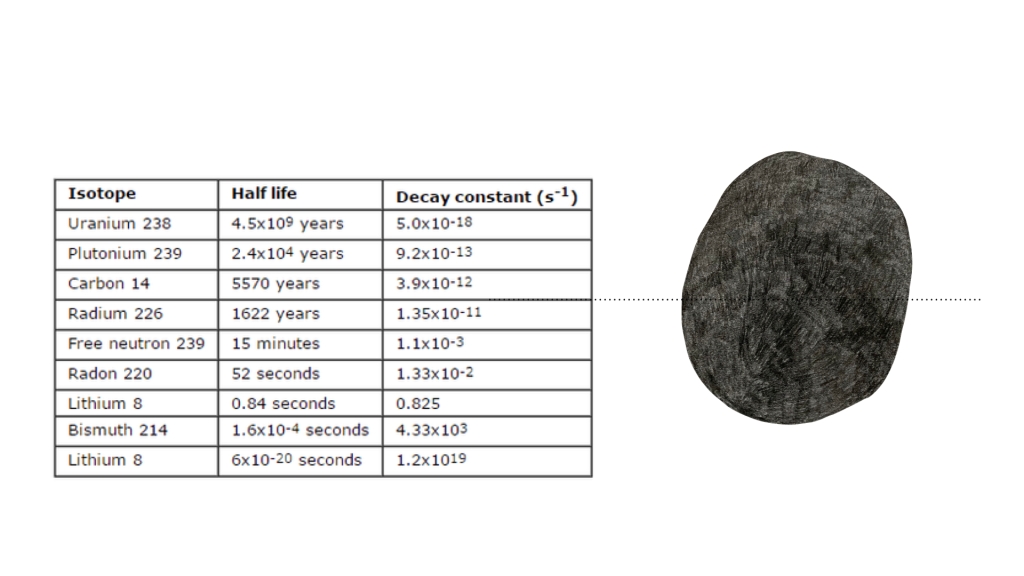Damn climate urgency, it is vacation time, and after year-long lockdowns, vaccinated EU citizens are crossing borders again, plane, trains, and automobiles.
The Green Deal is here and EU countries will have to get serious to meet the goals set forth for cutting emissions, and come up with sustainable solutions.
Just one simple question: How are they actually going to measure who emits what where and when? Taking your car, tent, and family from Germany into Italy, will that count as German emission or Italian emission, is it the car or the atmosphere, the producer, the consumer? Mmmm. It turns out it is not so easy to measure and a lot of ‘creative accounting’ will be part of the process I guess.
Another wrench in the process is that natural emission is not a constant. All in all there currently is no reliable accurate way to measure total global emissions or how much carbon dioxide is coming from individual nations.
Burning coal, oil and gas is CO2 coming from plants long dead, and that is a little different than CO2 emitted by biological processes of today. The difference is the radioactive isotope Carbon-14. I am quite familiar with it, as it is widely used in archaeology to date organic materials, a method developed in the late 1940”s by Willard Libby. The idea behind it is that radiocarbon is constantly created in the Earth’s atmosphere by the interaction of cosmic rays with atmospheric nitrogen. The resulting 14C combines with atmospheric oxygen to from radioactive carbon dioxide, which gets taken up by plants via photosynthesis and then eaten by animals. When the plant or animal dies it stops exchanging carbon with its environment and then the amount of 14C begins to decrease. The half-life (half of a given sample is decayed) is about 5730 years. (other elements have different half-life rates of radioactive isotopes).

Fossil fuels are OLD. They contain no radioactive carbon. As a result, beginning int the late 19th century, there was a noticeable drop in the proportion of 14C as the carbon dioxide generated from burning fossil fuels began to accumulate in the atmosphere. Experiments are now underway to measure the amount of carbon dioxide in parcels of air that came from fossil fuel or from current biological processes. We have a long way to go, archaeology of air has become somewhat of an obsession.
We taught we had tamed this planet. This planet is old, but still in its prime, maybe half-life.
I’m in awe of the beauty of this planet, and confident that when we leave this world we will morph into something else incredible. In the meantime, I keep the sensory channels open.
https://e360.yale.edu/features/paris-conundrum-how-to-know-how-much-carbon-is-being-emitted
